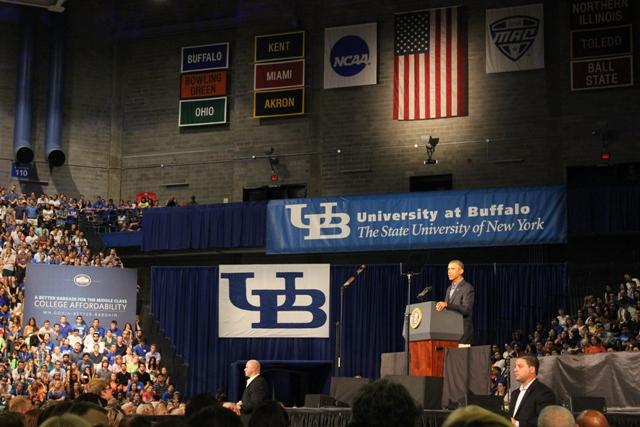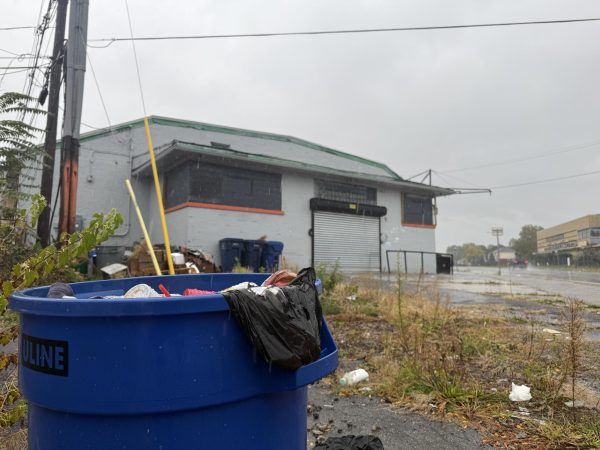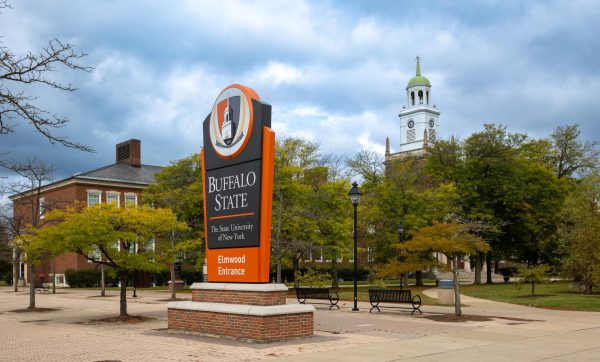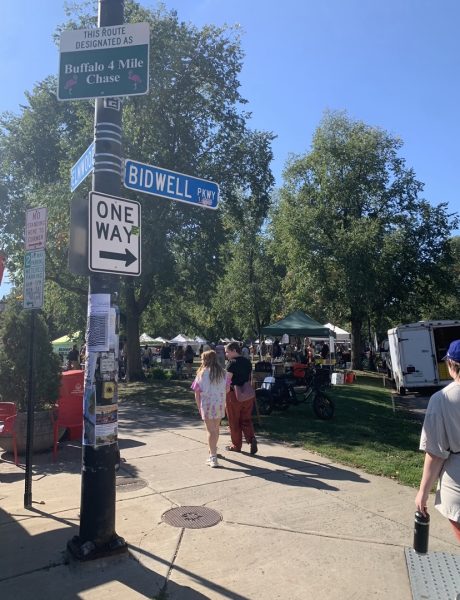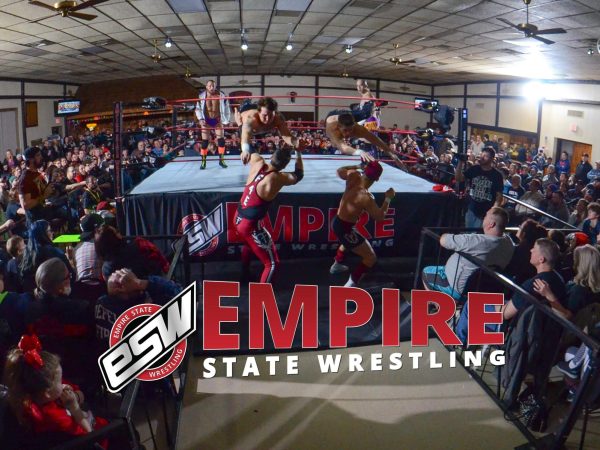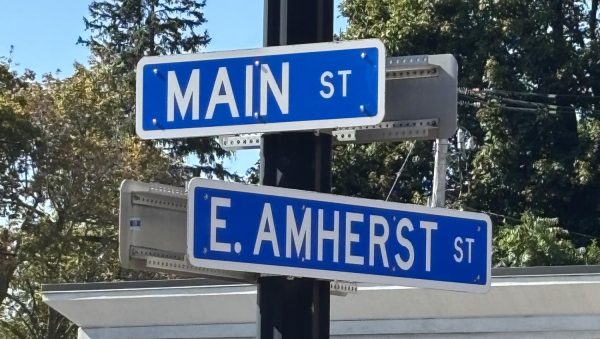Obama divulges new higher education initiative during visit to UB
President’s three-prong plan places emphasis on value to reduce student loan debt
President Barack Obama kicked off his tour of upstate New York and western Pennsylvania Thursday with a 30-minute speech at the University at Buffalo’s Alumni Arena.
President Barack Obama delivered his new plan for making a college education more affordable to a packed auditorium at the University at Buffalo Thursday, laying out several new initiatives to the raucous crowd of 7,200.
The President outlined three main goals, focusing on developing a college rating system, creating competition between colleges to keep costs down and quality up and finding ways to help students pay down student loan debt.
On developing a new rating system, Obama said he would work with Secretary of Education Arne Duncan.
“First, we’re going to start rating colleges not just by which college is the most selective, not just by which college is the most expensive, not just by which college has the nicest facilities,” he said. “You can get all of that on the existing rating systems. What we want to do is rate them on who’s offering the best value so students and taxpayers get a bigger bang for their buck.”
The rating system should be in place by the start of the 2015 college year, Obama said.
While some college ratings are currently determined privately by news organizations, rankings under the Obama plan would focus on what schools provide to students and how much it costs.
“I think we should rate colleges based on opportunity,” Obama said. “Are they helping students from all kinds of backgrounds succeed?”
Schools will be measured by how many students graduate on time, how many are successful in the workforce after graduation and how much debt students accrue through attending the school.
Graduation rates for students who receive Pell grants will also be part of the rating process, Obama said.
“So this is going to take a little time, but we think this can empower students and families to make good choices,” he said. “And it will give any college the chance to show that it’s making serious and consistent improvement. So a college may not be where it needs to be right now on value, but they’ll have time to try to get better.”
On the second goal of the new plan, Obama said he would like colleges to find new ways to prepare students for the future, getting them through college in less time with less tuition.
“Number two, we’re going to jumpstart new competition between colleges,” he said. “Not just on the field or on the court, but in terms of innovation that encourages affordability, and encourages student success, and doesn’t sacrifice educational quality.”
The President mentioned several different schools that have developed new initiatives to do just that.
“So a lot of other schools are experimenting with these ideas to keep tuition down,” he said. “They’ve got other ways to help students graduate in less time, at less cost, while still maintaining high quality. The point is it’s possible. And it’s time for more colleges to step up with even better ways to do it. And we’re going to provide additional assistance to states and universities that are coming up with good ideas.”
The third goal of the plan revolves around student loan debt, and a program that has been in place for two years. Under the Pay-As-You-Earn plan, student loan payments are capped at 10 percent of a former student’s monthly income.
Part of the new plan intends to extend that to more former students who don’t currently qualify for the program, and let those who are unaware of the program know about it.
Some may think the government should profit on student loans, Obama said, but that is not the case.
“Here’s the bottom line,” he said. “Government shouldn’t see student loans as a way to make money. It should be a way to help students.”
While Obama can push through some of the changes in the plan on his own, he will need to work with Congress as well. It’s going to “take work,” said Congressman Brian Higgins, an alumnus of Buffalo State.
“It always takes work, and that’s okay,” he said. “What’s most important here is that those who oppose the plan, in part or in whole, should offer constructive alternatives to what they oppose.
“If we’re going to be dealing with the typical political partisan nonsense that’s been going on in Congress, it’s not going to do the country any good, it’s not going to do the future generation any good and it’s not going to do any good for the middle class families and kids who are strapped with huge, huge college debt.”
In closing, Obama acknowledged that the new initiatives would take work, but invoked a little bit of the spirit of Buffalo.
“The good news is, from what I hear, folks in Buffalo know something about hard work,” he said. “Folks in America know something about hard work. … And we’re going to keep fighting to make sure that this remains a country where, if you work hard and study hard and are responsible, you are rewarded, so that no matter what you look like and where you come from, what your last name is, here in America you can make it if you try.”
—
The President began his speech today with a gaffe, mistakenly referring to Congressman Higgins as the Mayor of Buffalo while thanking the various dignitaries in attendance.
“A number of other people I want to acknowledge here,” Obama said. “First of all, our Secretary of Education, Arne Duncan, who’s doing a great job. One of the finest governors in the country, your Governor, Andrew Cuomo, is here. Your outstanding Mayor, Brian Higgins, is here. Give him a big round of applause.”
Several crowd members yelled out Byron Brown’s name, and the President had a bit of a laugh over it.
“Byron Brown. I’m sorry, Byron. What I meant was, your Congressman, Brian Higgins, is here. Your Mayor, Byron Brown, is here. This is what happens when you get to be 52-years-old. When I was 51 everything was smooth. But your Congressman and your Mayor are doing outstanding work. We just rode on the bus over from the airport, and they were telling me that Buffalo is on the move. That was the story.”
Michael Canfield can be reached by email at [email protected].


